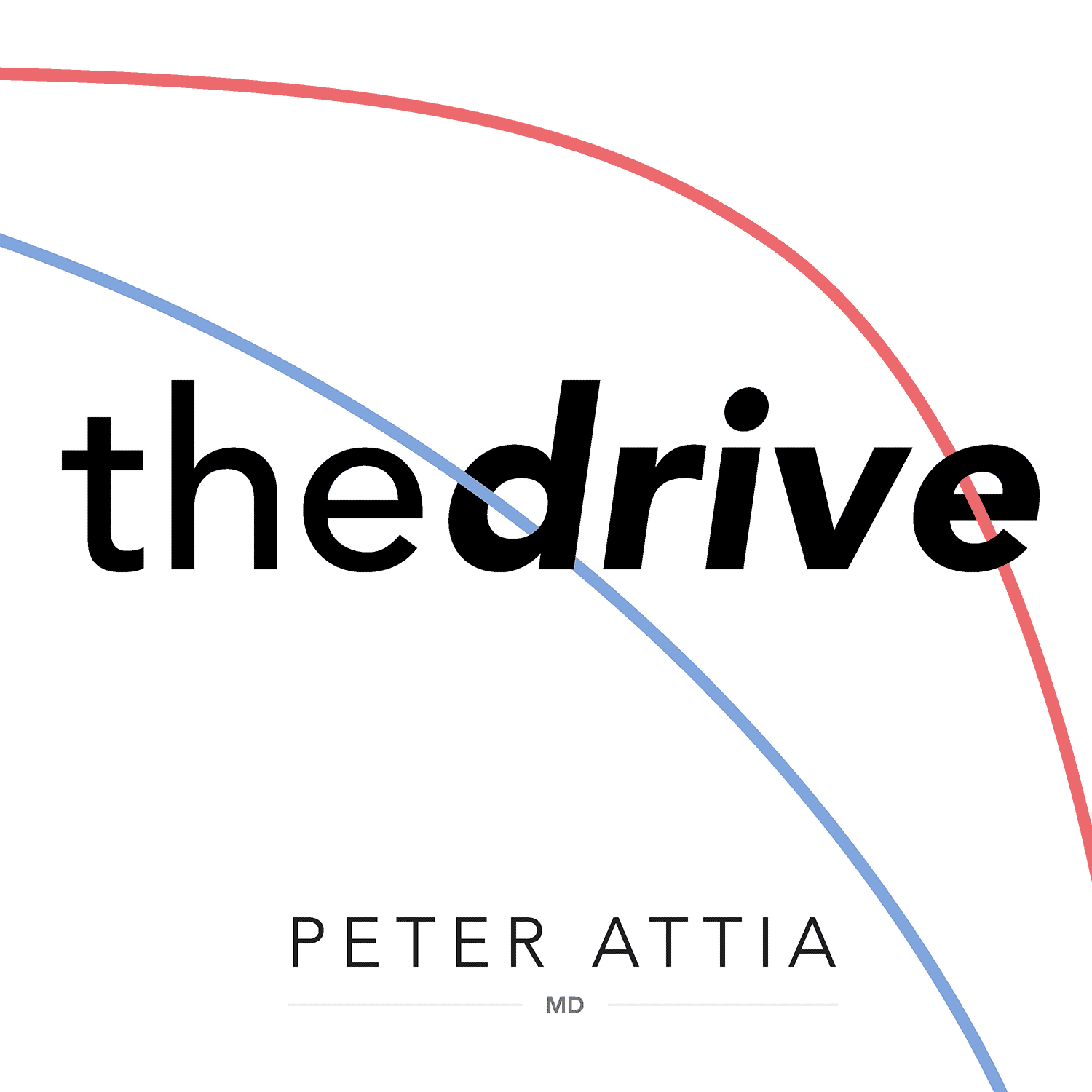
January 20, 2025 • 25min
#332 - AMA #67: Microplastics, PFAS, and phthalates: understanding health risks and a framework for minimizing exposure and mitigating risk
The Peter Attia Drive

Key Takeaways
- Microplastics and nanoplastics (MNPs) are ubiquitous in our environment - found in water, food, air and soil
- Size matters significantly - particles smaller than 2.5 microns can potentially enter systemic circulation through lungs, while gut absorption typically requires particles smaller than 10 microns
- Human exposure varies greatly based on geography, food sources, and water sources - estimated consumption between 10-300 micrograms per week
- Most ingested microplastics (99%) are eliminated through stool within 24-72 hours
- Associated chemicals like BPA, PFAS and phthalates present additional concerns as potential endocrine disruptors
Introduction
This Ask Me Anything (AMA) episode focuses on the increasingly concerning topic of microplastics and associated chemicals like BPAs, PFAS, and phthalates. Dr. Peter Attia notes this was one of the most challenging AMAs to prepare for due to the complexity of the topic and incomplete nature of available research. The goal is to provide a framework for understanding these substances and making informed decisions about exposure mitigation.
Topics Discussed
Defining Key Terms (6:41)
Dr. Attia provides clear definitions of the key terms and substances discussed:
- Microplastics: Particles smaller than 5mm, though most current studies focus on particles smaller than 1mm
- Nanoplastics: Particles smaller than one micrometer
- BPA (Bisphenol A): Chemical used to make hard polycarbonate plastics
- PM2.5: Particulate matter smaller than 2.5 micrometers that can potentially enter systemic circulation when inhaled
- Phthalates: Chemicals used to make plastics more flexible, found in personal care products
Growing Prevalence and Awareness (12:20)
The increased attention to microplastics can be attributed to two main factors:
- Increased Usage: Plastics have proliferated since the 1950s due to their beneficial properties (lightweight, durable, resistant to corrosion)
- Increased Research: Scientific publications focusing on microplastics have grown exponentially in the past 20 years
Human Exposure Routes (14:22)
Primary routes of human exposure include:
- Inhalation of plastic dust and fibers
- Consumption through food and beverages
- Highest concentrations found in:
- Seafood
- Salt
- Water (both tap and bottled)
- Fruits and vegetables
- Meats
- Beverages (milk, beer, wine)
Consumption and Elimination (16:31)
Key points about human consumption and elimination of microplastics:
- Estimated consumption: 10-300 micrograms per week (varies by location and lifestyle)
- Elimination methods:
- 99% eliminated through stool (24-72 hour transit time)
- Coughing and sneezing (for inhaled particles)
- Urination (smaller percentage)
- Absorption rates: Only 0.3-1.7% of microplastics can potentially be absorbed across the GI epithelium
Common Misconceptions (19:12)
Dr. Attia addresses some common misconceptions:
- The widely reported claim that humans consume "a credit card worth of plastic per week" (5 grams) has been largely debunked
- Actual consumption estimates are orders of magnitude lower
- Size of particles matters more than total mass when considering potential health impacts
Health Implications and Research Challenges (22:02)
The discussion highlights several key points about health implications:
- Size-dependent absorption:
- Particles <2.5 microns can potentially be absorbed through lungs
- Particles <10 microns can potentially be absorbed through gut
- Research limitations:
- Long-term health effects are difficult to study
- Most research is observational or in animal models
- Challenging to establish direct causation
Conclusion
While microplastics and associated chemicals are ubiquitous in our environment, their health impacts remain incompletely understood. The key considerations are:
- Size matters more than mass when considering potential health impacts
- Most ingested microplastics are eliminated through natural processes
- Exposure varies significantly based on lifestyle and environmental factors
- More research is needed to fully understand long-term health implications
- A balanced, informed approach to exposure reduction is recommended rather than extreme measures
The episode emphasizes the importance of understanding the nuances of this complex topic to make informed decisions about exposure mitigation while avoiding unnecessary anxiety or extreme measures.